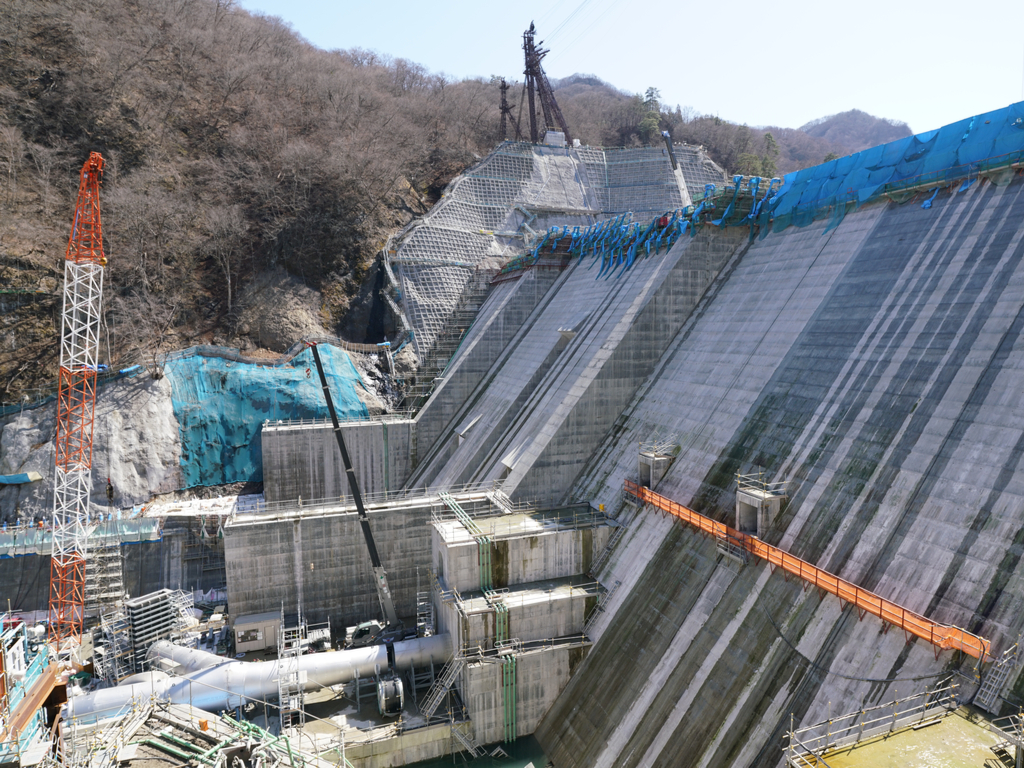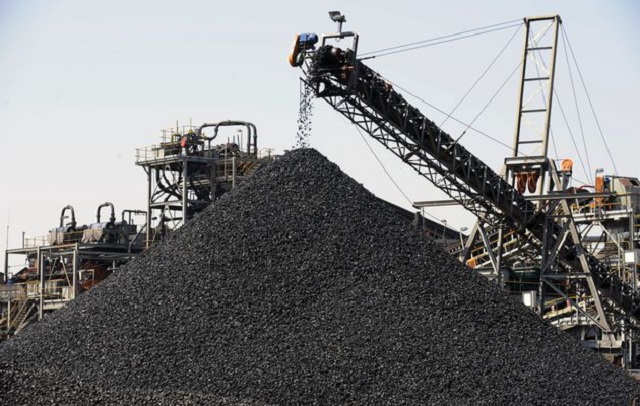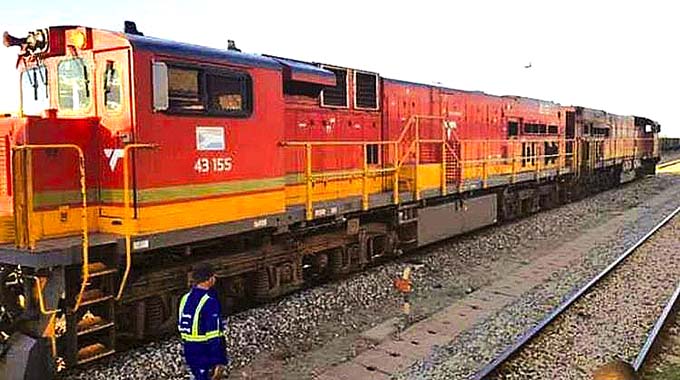‘Industrial competitiveness hinges on railway, energy infrastructure
AN efficient transportation and energy system with a cost-effective foundation is a strategic prerequisite for the industrial sector to remain competitive in the region, creating a conducive trading platform, Pretoria Portland Cement (PPC) Zimbabwe Limited’s managing director, Mr Albert Sigei has said.Energy and transportation are key factors influencing the cost structure.
According to industry leaders, the ongoing revitalisation efforts of the National Railways of Zimbabwe (NRZ) are crucial economic milestones that will help numerous companies recover by significantly reducing transport costs for heavy industries.
Currently, NRZ is facing operational challenges due to issues with its infrastructure and signalling system, hindering the railway company from fulfilling its duties.As a result, businesses have been forced to use the road network for transporting goods in bulk, despite the high cost and damage caused to the roads by haulage trucks.
Zimbabwe’s railway network spans 2 760 kilometres, but deteriorating infrastructure has led to the presence of 64 cautions (similar to potholes in roads) covering over 254 km.These caution points in the railway network contribute to derailments and operational inefficiencies, leading to train delays.
In a recent interview reflecting on the country’s regional competitiveness ahead of the Sadc Industrialisation Week, Mr Sigei emphasised the pivotal role of NRZ in Zimbabwe’s economy, highlighting the importance of a well-functioning railway system.
He said a well-functioning railway system is essential.
“Cement is bulky and transport is very costly, for instance, US$15 per tonne from Bulawayo to Victoria Falls. High transportation costs can hinder competitiveness in the interconnected regional market.
“Hence, a well-functioning railway system is essential. It has been proven that an efficient railway system not only ensures smooth transportation but also helps in minimising costs,” said Mr Sigei.
On energy, he noted that affordable electricity is crucial for industrial competitiveness.
“If you look at the cost of electricity, in Zimbabwe, we pay something in the region of more than 15 US cents per unit of electricity and colleagues in the region, their comparative is below 10 US cents. This cost factor is significant as it contributes a high percentage to the overall production costs,” he said.
Zimbabwe, in its pursuit of achieving upper-middle-income status in its economy, has made significant investments in the crucial energy sector that propels modernisation and industrialisation.Long-term strategies to address the country’s energy challenges include, among others, the Batoka Gorge Hydropower Station.
The station is a 2,4GW run-of-the-river hydro-electric project situated on the Zambezi River, with its output being shared between Zimbabwe and Zambia.Similar to many other Sadc nations, Zimbabwe has been grappling with power shortages, further exacerbated by the rapid pace of industrial growth outpacing energy supply.
The energy deficit in the Sadc region as a whole exceeds 35 000 megawatts. To bridge this deficit, the country has diversified its energy sources.Projects such as Hwange Units 7 and 8 are operational and smaller hydro-electric projects across various provinces are under construction to augment the national grid.
According to the Zimbabwe Energy Regulatory Authority (Zera), there has been increased investment in renewable energy by IPPs, mainly for their own consumption, in order to offset the adverse impact of load shedding.
By harnessing the power of the sun for solar energy, businesses are tapping into a sustainable and renewable energy source, reducing reliance on conventional power systems, especially hydro, which is also prone to the effects of the El Nino weather phenomenon.-choncile











